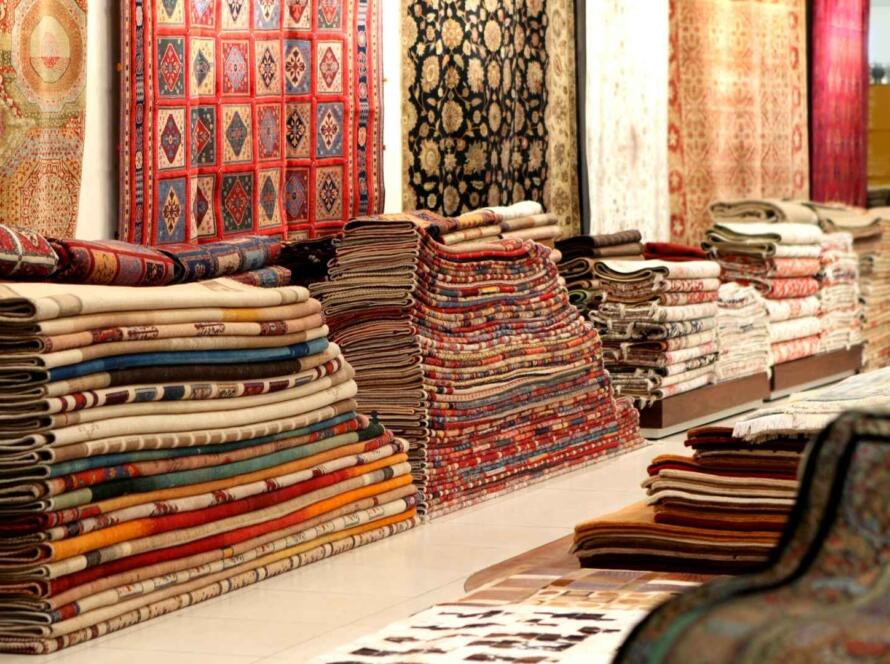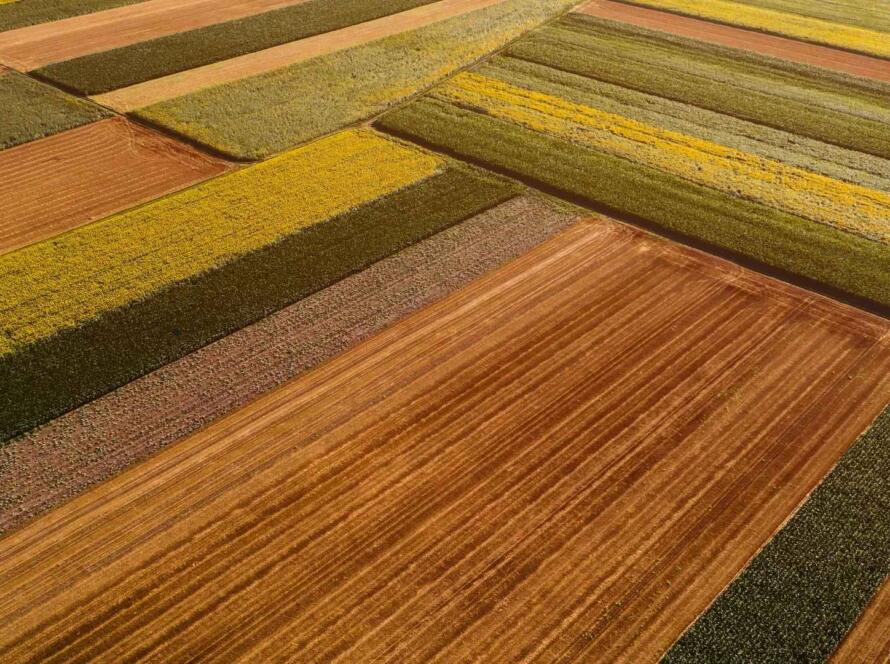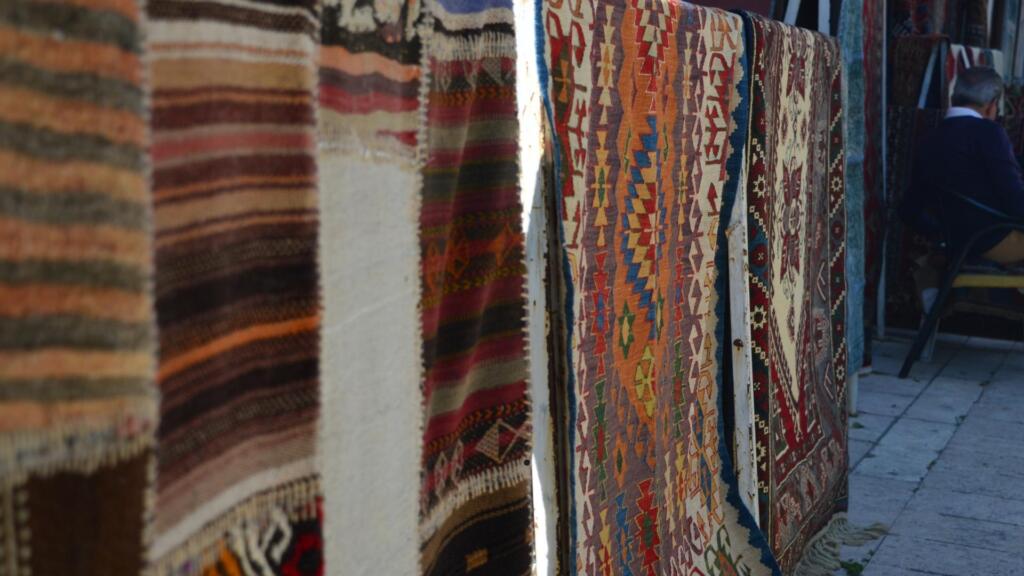
Custom rugs are more than just floor coverings; they are a unique expression of style and creativity. Whether you desire a specific color palette, intricate patterns, or a particular size, custom rug manufacturing offers endless possibilities to match your vision perfectly. In this article, we will explore the fascinating world of custom rug manufacturing, focusing on wool rugs of custom sizes. We will delve into the process, benefits, and considerations that come with creating your very own custom rug.
Understanding Custom Rugs
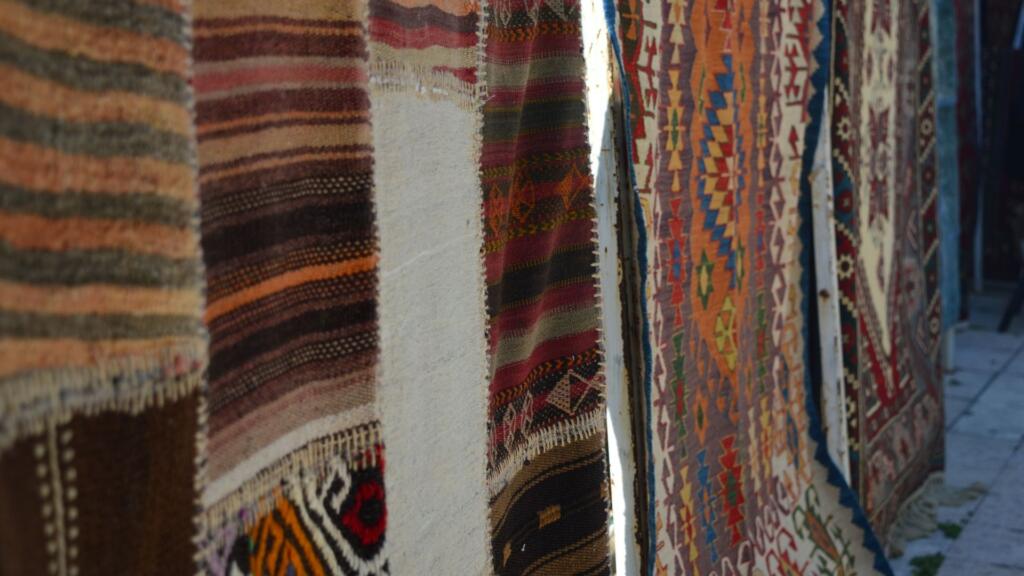
Custom rugs are crafted with precision to meet specific customer desires, offering a personalized touch to any space. These rugs go beyond standard dimensions and designs, providing a canvas for creativity and individuality. Let’s take a deeper look at what makes custom rugs so special.
What Are Custom Rugs?
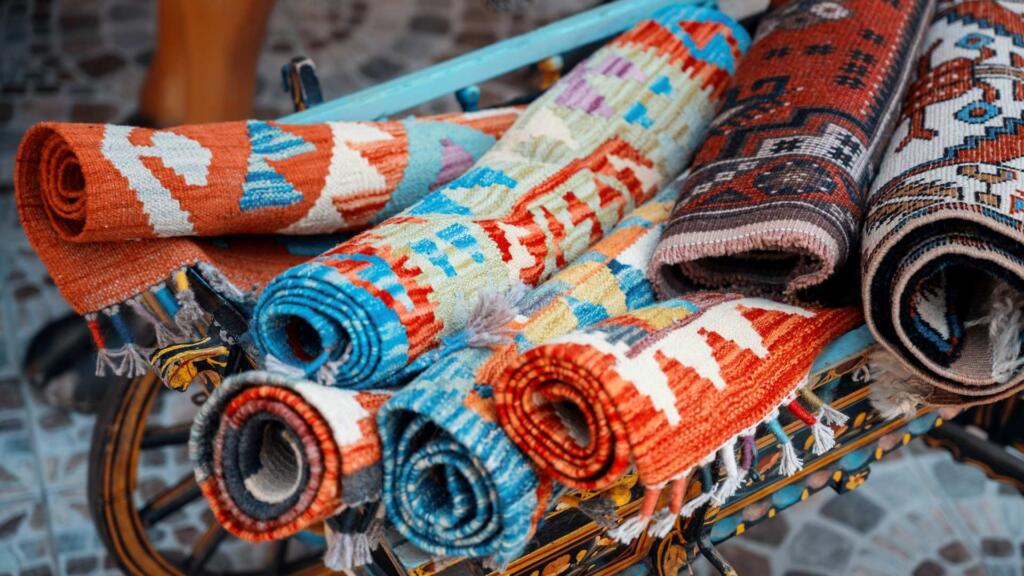
Custom rugs are tailored pieces designed to fit specific dimensions, colors, and styles as per the customer’s preferences. Unlike off-the-shelf rugs, custom rugs are made to order, allowing you to dictate every aspect of the rug’s design. This customization ensures that your rug perfectly complements your space, enhancing the overall aesthetic appeal. Additionally, custom rugs can be crafted to accommodate unique architectural features in your home, such as curved walls or non-standard room layouts, further emphasizing their bespoke nature.
The Appeal of Wool Rugs
Wool rugs are a popular choice for custom orders due to their durability, natural stain resistance, and luxurious feel. Wool fibers are resilient, meaning they can withstand heavy foot traffic without losing their shape or texture. Additionally, wool’s natural properties make it an excellent insulator, providing warmth and comfort underfoot. Beyond practicality, wool rugs are celebrated for their vibrant color retention and ability to adapt to various interior styles, from classic to contemporary. Moreover, the environmental benefits of wool, as a sustainable and biodegradable material, make it an appealing choice for eco-conscious consumers.
The Variety in Custom Rugs
Custom rugs offer a plethora of design options, allowing for a truly personalized product. From modern geometric patterns to traditional motifs, the possibilities are endless. You can choose from various pile heights and textures, such as plush, looped, or flatwoven, to suit your comfort and aesthetic preferences. Additionally, custom rugs can incorporate mixed materials, combining wool with silk or bamboo fibers for added sheen and texture. These diverse options ensure that your custom rug is not only a functional element of your space but also a reflection of your unique taste and style.
The Custom Rug Manufacturing Process
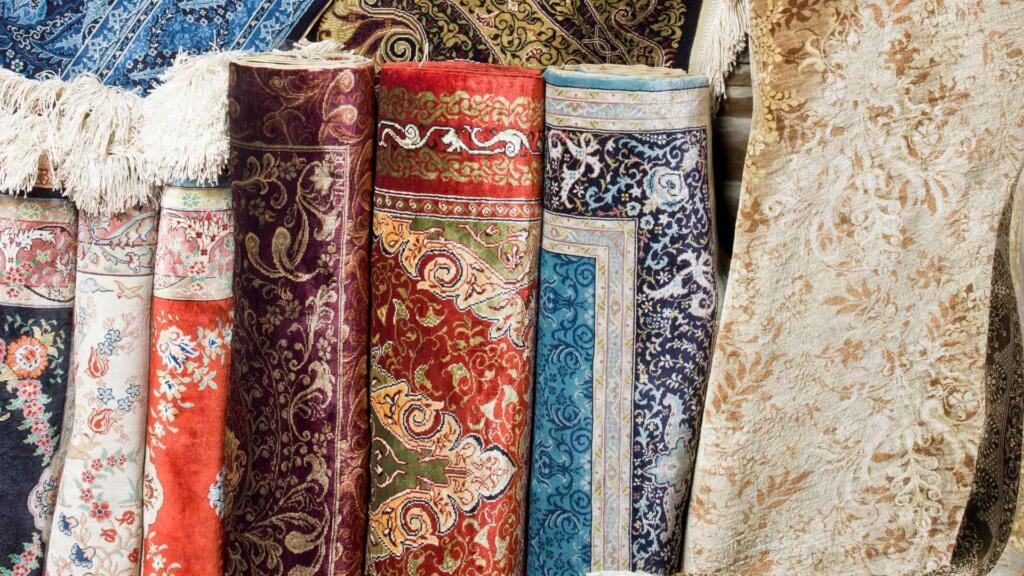
Creating a custom rug involves several meticulous steps to ensure that the final product meets the desired specifications. Here’s a look at the typical process, from initial concept to finished masterpiece.
Designing Your Rug
The journey begins with the design phase. This is where you decide on the size, shape, color scheme, and pattern of your rug. Many manufacturers offer design consultations, during which skilled designers help bring your vision to life. Using advanced software, they can create digital renderings to give you a preview of what the finished product will look like. This phase is crucial as it sets the foundation for the entire project, with designers often providing mood boards and samples to ensure alignment with your vision. Additionally, the design phase may involve adjustments based on feedback, ensuring that the final concept is perfect before production begins.
Selecting the Materials
Once the design is finalized, the next step involves selecting the materials. Wool is a favored choice for its versatility and aesthetic appeal. However, other materials such as silk, cotton, or synthetic fibers might also be considered based on the desired look and budget. The material selection is an essential aspect of the manufacturing process, influencing the rug’s texture, durability, and overall feel. For instance, silk adds a touch of elegance and sheen but may require more delicate care compared to other fibers. Manufacturers often provide samples of different materials, allowing you to experience their tactile qualities firsthand and make an informed decision.
The Crafting Process
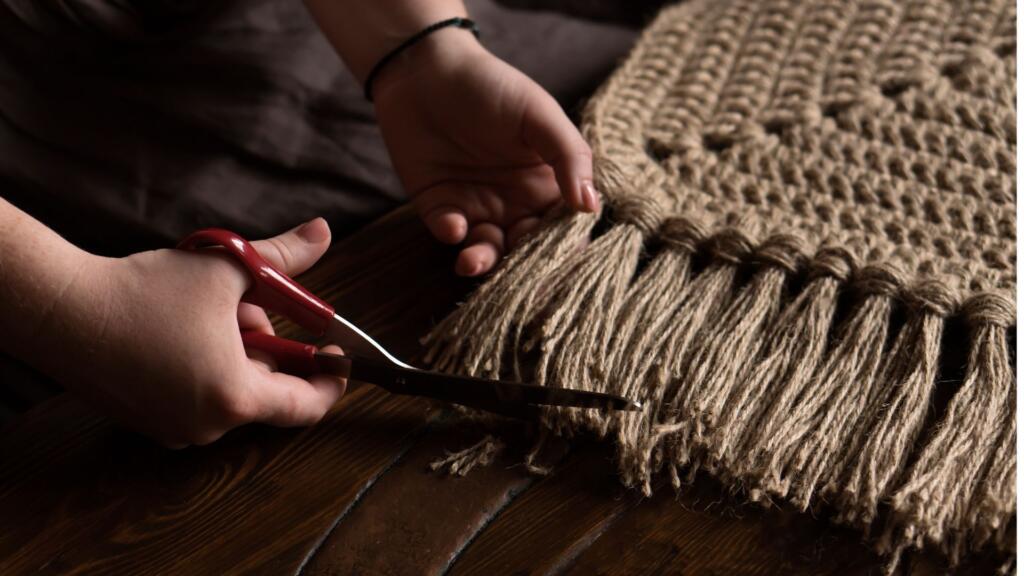
The crafting process is where skilled artisans bring your design to life, combining traditional techniques with modern innovation to create a truly bespoke product.
Hand-Tufting
One of the most common methods used in custom rug manufacturing is hand-tufting. In this technique, a tufting gun inserts wool threads through a pre-made backing fabric. The threads are then secured with a secondary backing, and the surface is sheared to create a uniform texture. Hand-tufting allows for intricate designs and patterns, making it ideal for custom rugs. The flexibility of this technique enables the creation of complex motifs and varying pile heights, adding depth and dimension to your rug. Hand-tufting is a relatively quick process, allowing for faster production times compared to other methods, making it a popular choice for those seeking a balance between quality and efficiency.
Hand-Knotting
For those seeking a more traditional approach, hand-knotting offers unparalleled craftsmanship. This labor-intensive method involves tying individual knots to form the rug’s pile. Hand-knotting is time-consuming and requires exceptional skill, resulting in rugs that are true works of art. Each knot is tied with precision, contributing to the rug’s durability and intricate pattern detail. This method is particularly valued for its ability to produce rugs with a dense, plush texture and lasting quality. While hand-knotting demands more time and investment, the resulting rug is a timeless piece that embodies the artisan’s dedication and expertise.
Finishing Touches
After the rug is crafted, it undergoes several finishing processes. These may include trimming, washing, and drying to ensure the rug is clean, soft, and vibrant. The edges are often finished with binding or serging to prevent fraying. The finishing stage is crucial for enhancing the rug’s appearance and ensuring its longevity. Washing helps to remove any residual dye or loose fibers, while drying ensures the rug maintains its shape and texture. Binding or serging not only prevents unraveling but also adds a polished look to the rug’s edges, contributing to its overall aesthetic appeal.
Benefits of Custom Wool Rugs
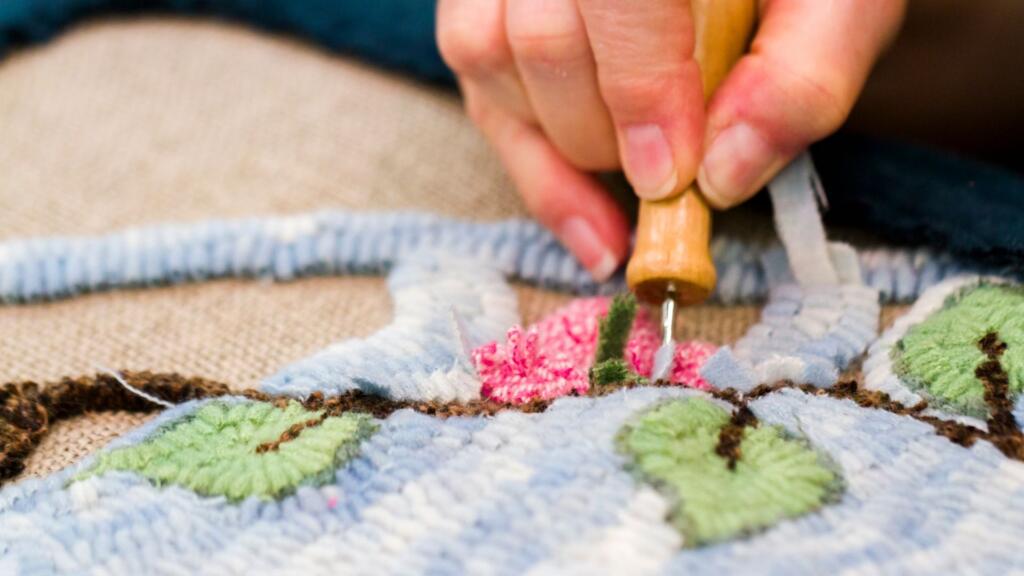
Custom wool rugs offer numerous advantages that go beyond standard options, making them a worthwhile investment for any home.
Perfect Fit for Any Space
One of the primary advantages of custom wool rugs is their ability to fit perfectly in any room. Whether you need an oversized rug for a grand living room or a runner for a narrow hallway, custom sizing ensures that the rug complements the space without compromise. This tailored fit enhances the room’s layout, creating a harmonious flow that standard rugs often cannot achieve. Custom rugs can also be designed to accommodate furniture placement, ensuring that key elements are framed beautifully by the rug, adding to the space’s overall elegance.
Personalization and Style
Custom rugs allow for unparalleled personalization. You can choose colors and patterns that reflect your personality and match your interior decor. This level of customization is especially beneficial for those who have specific design requirements or wish to make a statement with their rug. The ability to incorporate unique motifs, monograms, or even family crests adds a personal touch that transforms a simple rug into a cherished heirloom. Furthermore, custom rugs can serve as a focal point in a room, drawing attention and sparking conversation with their distinctive design.
Quality and Durability
Wool rugs are renowned for their quality and durability. The natural resilience of wool fibers means that custom wool rugs can withstand daily wear while maintaining their appearance over time. Moreover, wool is naturally flame-resistant and hypoallergenic, making it a safe and healthy choice for homes. This durability translates to long-term cost savings, as high-quality wool rugs require less frequent replacement compared to synthetic alternatives. Additionally, the luxurious feel of wool underfoot adds an element of comfort and warmth to any space, enhancing the overall living experience.
Considerations When Ordering a Custom Rug
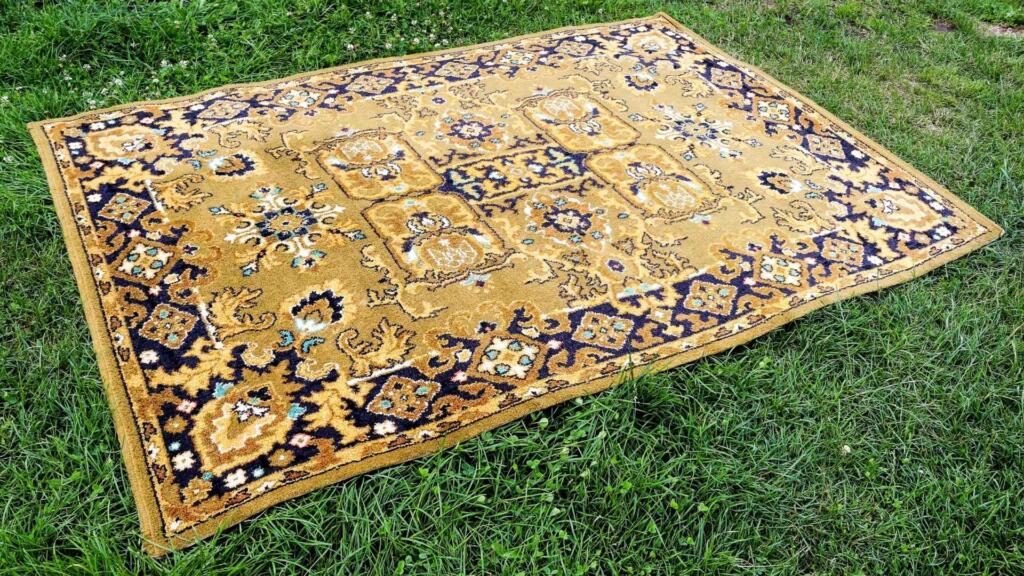
When embarking on the journey to create a custom rug, several factors need careful consideration to ensure a successful outcome.
Budget and Cost
Custom rugs can vary significantly in price depending on factors such as size, material, and complexity of the design. It’s important to establish a budget beforehand and communicate it to your rug manufacturer. This will help guide the design process and ensure that the final product aligns with your financial expectations. Being transparent about your budget allows manufacturers to suggest materials and designs that offer the best value without compromising on quality. Additionally, understanding the cost implications of different techniques, such as hand-knotting versus hand-tufting, can help you make informed decisions.
Lead Time
Creating a custom rug takes time. Depending on the size and intricacy of the design, the manufacturing process can take anywhere from a few weeks to several months. It’s essential to discuss the lead time with your manufacturer to ensure that the rug is completed within your desired timeframe. Planning ahead is crucial, especially if the rug is intended for a specific event or project deadline. Manufacturers can provide estimated timelines and keep you updated on the progress, ensuring a smooth and stress-free experience.
Maintenance and Care
Like all rugs, custom wool rugs require regular maintenance to preserve their beauty and longevity. Regular vacuuming, prompt cleaning of spills, and occasional professional cleaning will keep your rug looking its best. Additionally, rotating the rug periodically will ensure even wear and prevent any fading from sunlight exposure. Understanding the specific care requirements of wool, such as avoiding harsh chemicals and excessive moisture, will help maintain the rug’s integrity. Investing in a high-quality rug pad can also enhance the rug’s lifespan by providing additional cushioning and preventing slipping.
Conclusion
Custom rug manufacturing offers a remarkable opportunity to create a truly unique and personalized piece for your home. With the ability to choose every detail from size to material, custom wool rugs provide both aesthetic appeal and practical benefits. By understanding the process and considerations involved, you can embark on a rewarding journey to design a rug that fits your space and style perfectly. Whether it’s a bold centerpiece or a subtle accent, a custom rug is a testament to your creativity and taste. Embrace the art of custom rug making and transform your living space with a piece that is as unique as you are.



